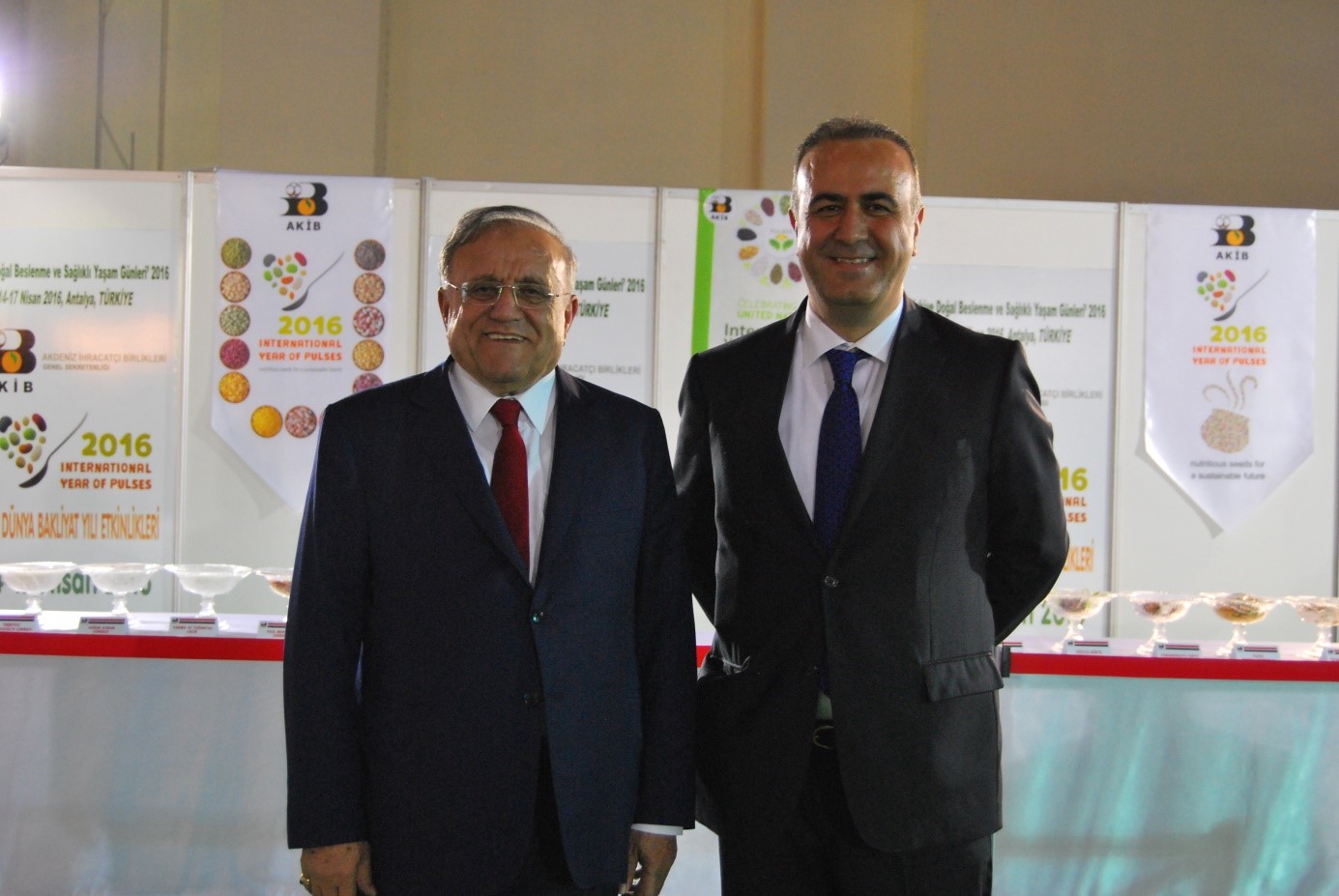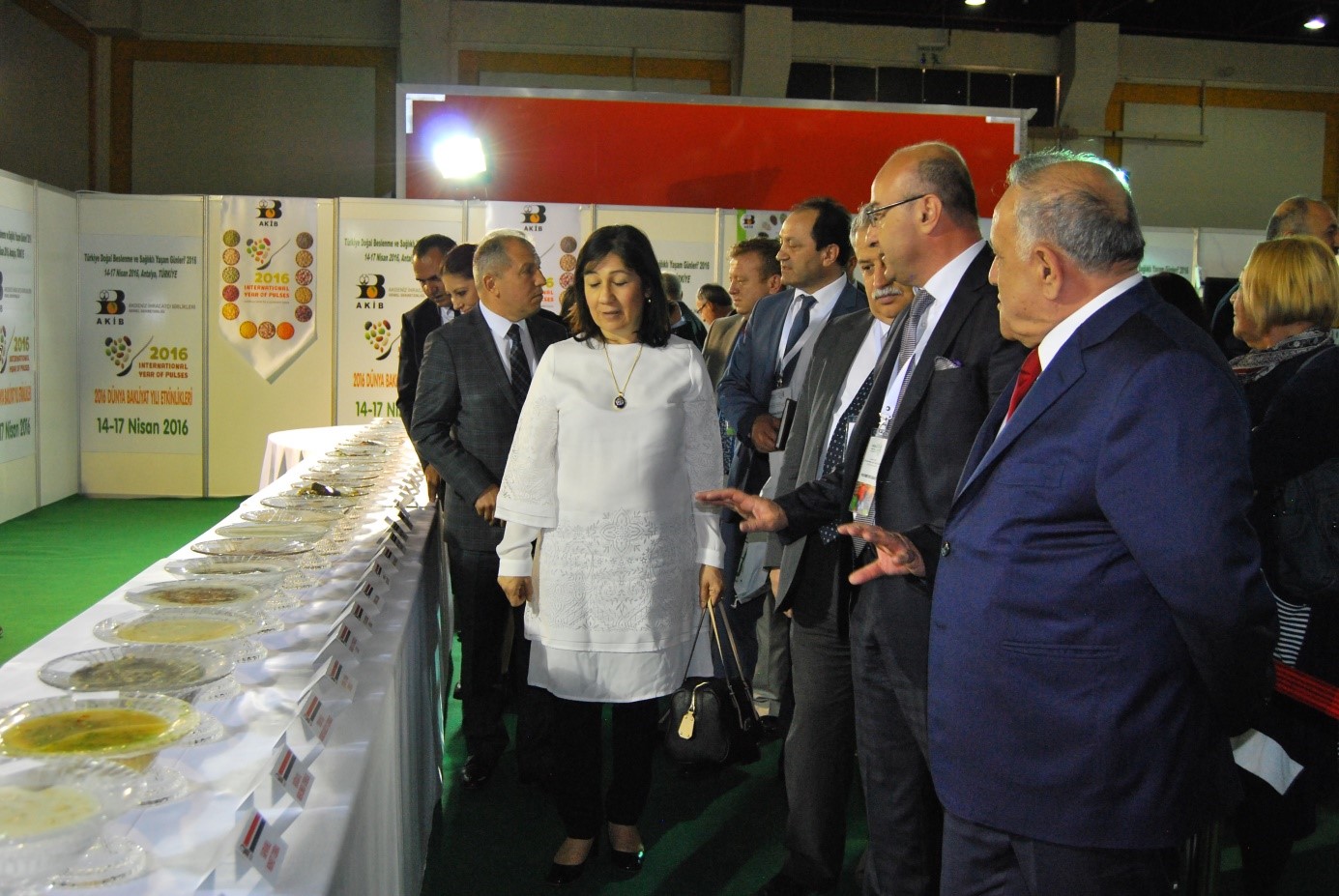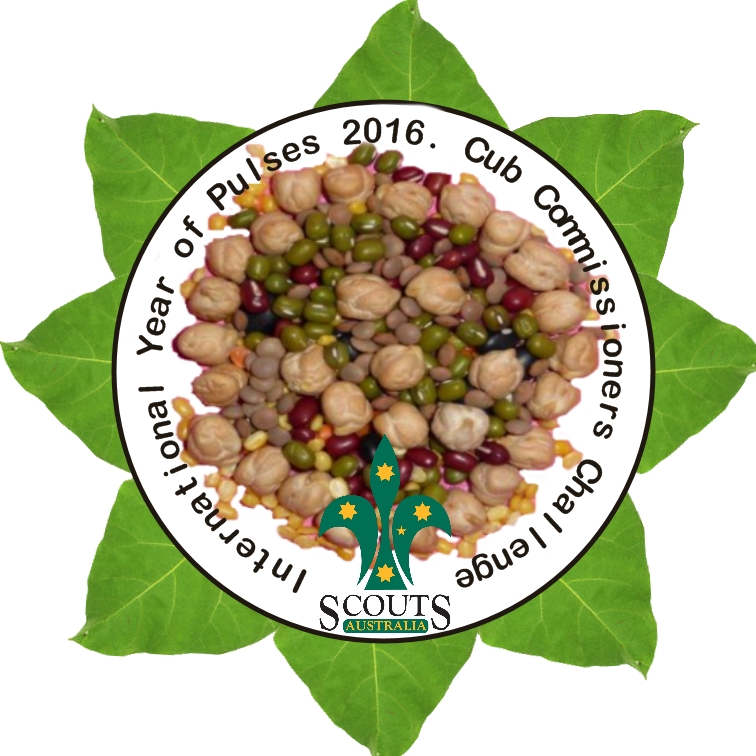- Details
The Arbella 6th International Photography Competition brought together photographers and artists from across Turkey and around the world to celebrate pulses.
The judges included Huseyin Arslan, Arbella Pasta Board member; Reha Bili, Photographer; Erol Doganer, Photographer and founder member of GIFSAD, Izzet Keribar, Photographer; and Hasan Huki Muradi, Founder member of Merson Olba Photographic Association.
Winners include:
First prize of 1,000 USD and FIAP Gold Medal
Tuy Tran Van, Vietnam

Second prize of 500 USD and a FIAP Silver medal
Jianjun Huang, Çin Halk Cumhuriyeti, China

Third prize of 250 USD and a FIAP bronze medal
Serkan Daldal, Turkey

- Details
Written by Gabrielle Kissinger, Lexeme Consulting
The addition of lentils and peas onto Saskatchewan, Canada farms has been a goldmine. The addition of these pulse crops has helped to keep farmers on the farm and to keep farm communities relatively intact even as rural populations have been declining. In 2014, lentils and peas brought CD$2.7 billion (US$2.03 billion) in export sales. Hectares seeded to pulses increased 1,000% between 1981 and 2011. These pulse crops were new additions into cereal-fallow rotations that were prone to pest and disease outbreaks and erosion. Farmers increasingly looked to pulse crops to replace summer fallow, add another crop in the rotation, and bring in some extra profit.
And benefits extend beyond increased income. When adding pulses into crop rotations, farmers often alter their plowing practices, shifting from conventional tillage to conservation tillage, which minimizes soil disturbance and maintains greater organic soil cover. This practice helps to control erosion and it also dovetails with diversification of crop sequences (such as wheat, oats, canola and pulses and oilseeds). Since pulses fix atmospheric nitrogen in the soil, introducing pulses into the crop sequence reduces fertilizer requirements for pulse crops as well as for subsequent grain crops (which also get a yield boost). This lower fertilizer requirement has been shown to reduce greenhouse gas emissions from cropping systems overall, sometimes by as much as 31% annually, such as in the case of lentils added in rotation with spring wheat.
If the production of pulse crops brought such strong environmental, social and economic benefit to Saskatchewan, could it bring similar benefits to other regions around the world? And how could such measures of sustainability (measured as net gains across environmental, social and economic criteria) be applied in diverse contexts around the world, which could range from the Sahel region of Africa to India, the largest pulse-consuming nation?
These are the questions which a new report, “Pulse crops and sustainability: A framework to evaluate multiple benefits,” sought to answer. With the UN declaration of the 2016 International Year of Pulses, more attention is being given to the role of pulses—beans, peas, chickpeas, lentils, and other pulses—in our food system. The world will need more food and more protein in the future, and pulses can be an increasingly important source of nutrition, while providing other benefits as well. The report proposes a framework for assessing the environmental, social and economic benefits and trade-offs of increasing pulse production, based on observations from around the world. Two case studies are explored in further detail—Saskatchewan, Canada and pulse producing regions of Sub-Saharan Africa—covering both developed and developing country contexts. In both contexts, finding evidence of the social and economic aspects of pulse production was not as easy as literature on the environmental benefits of adding pulses to crop rotations. Yet the social and economic contributions of pulses in these two different parts of the world are significant and are crucial for farmers, livelihoods, and food security.
The framework is intended to be used as a decision support tool. For each criterion, or key attribute, of sustainability relevant to pulse production (refer to Figure 1) a set of questions guides evaluation of the sustainability of potential management decisions, including common trade-offs. The questions are indicative, and should be adapted to local circumstances.
Figure 1: Summary of pulse crop sustainability framework and application steps

The questions to evaluate sustainability also pertain to different scales of impact—at production levels, within a region, and global scales—as the figure below identifies.
Figure 2: Attributes of pulse crop sustainability at various scales
 A range of different stakeholders will find utility in applying the framework. For instance, food sector companies could use the framework to track the sustainability aspects of increasing the use of pulse flour blended into manufactured foods. The framework would help the company identify key questions to test sustainability and potential impacts at the production, regional and global scales. The company could use the framework as a tool to keep the big picture in mind, while also tracking important details such as soil health and changes in water and herbicide use.
A range of different stakeholders will find utility in applying the framework. For instance, food sector companies could use the framework to track the sustainability aspects of increasing the use of pulse flour blended into manufactured foods. The framework would help the company identify key questions to test sustainability and potential impacts at the production, regional and global scales. The company could use the framework as a tool to keep the big picture in mind, while also tracking important details such as soil health and changes in water and herbicide use.
Government or policy-makers could apply the framework to evaluate options based on sustainability for investing in research and technology to boost pulse production, or to invest in rural agricultural development. The framework identifies the most important environmental, social and economic indicators to test performance against, and guides consideration of benefits and impacts at the production, regional and global scales. For instance, at the production scale, targeted support to farmers on improved practices and adoption of climate resilient varieties of seeds requires considering how to help farmers troubleshoot their management options to maximize labour use efficiency, get the right balance in tillage and crop residue management, optimize the pulse crop without impacting yields of other key crops, and lower fuel and input costs. The regional benefits of increased protein and nutrient availability, cash crops for export, and global benefits of lower fertilizer use and therefore reduced nitrous oxide emissions are important additional considerations for policymakers to test overall impacts.
Our collective challenge of feeding 9 billion people by 2050, with significant increases in per capita meat consumption, requires creative solutions, based on sustainability. The role of pulses to help meet this need is increasingly being recognized. While this framework is not a blueprint for how other producing regions can replicate Saskatchewan’s dramatic success in the last twenty years, it does provide a means to evaluate the environmental, social and economic benefits and trade-offs of increasing pulse production, and shares perspectives from around the world.
- Details
Scouts Australia has developed a Cub Commissioners Challenge Badge program for young cubs to engage and explore the International Year of Pulses. Participants are ages 8 - 11, and are awarded with an IYP Pulse badge.
Download the Cub Scouts Challenge and Pulse Badge below!
Cub Scout Challenge Badge Program (1.11 MB)
- Details
 Turkısh Natural Nourishment and Healthy Life Days combines relevant disciplines from nourishment to food and agriculture, and from the health to sports. The Natural 2016 fair welcomed their visitors on the 14th-17th of April 2016. In the inaugural speech of the fair, Mahmut ARSLAN, the president of the Mediterranean Cereal, Pulse, Oily Seeds and Derivatives Exporters’ Association, reminded the declaration of the International Year of Pulses 2016. In line with the importance of this year, 101 varieties of food prepared using pulses were displayed with their recipes and list of ingredients by the Mediterranean Cereal, Pulse, Oily Seeds and Derivatives Exporters’ Association. The aim was to prove that there are more than 101 recipes available to be prepared using pulses.
Turkısh Natural Nourishment and Healthy Life Days combines relevant disciplines from nourishment to food and agriculture, and from the health to sports. The Natural 2016 fair welcomed their visitors on the 14th-17th of April 2016. In the inaugural speech of the fair, Mahmut ARSLAN, the president of the Mediterranean Cereal, Pulse, Oily Seeds and Derivatives Exporters’ Association, reminded the declaration of the International Year of Pulses 2016. In line with the importance of this year, 101 varieties of food prepared using pulses were displayed with their recipes and list of ingredients by the Mediterranean Cereal, Pulse, Oily Seeds and Derivatives Exporters’ Association. The aim was to prove that there are more than 101 recipes available to be prepared using pulses.
Turkish Natural Nourishment and Healthy Life Days, Natural 2016 fair, was organised in Antalya province of Turkey between the dates of 14th-17th of April. The international organisations who participated combined relevant disciplines from proper nourishment to food and agriculture. The Natural 2016 fair carried on for four days with the cooperation of non-governmental organisations on the eve of the Expo 2016 Antalya. Emphasis on good agricultural practices and organic production, food security and reliability, nourishment, healthy life and sport subjects were laid down with all their details. The fair was inaugurated by Mr. Mahmut ARSLAN, the chairman of Mediterranean Exporters’ Association, with the parliamentarians and some chairmen of various communities.

Reminder of 2016 International Pulse Year
In his inaugural speech, Mr. Mahmut ARSLAN reminded the declaration of 2016 the United Nations declared 2016 the International Year of Pulses, and defined Turkey as one of the motherlands of the pulse food. However, he stated that the current production of pulse food isn’t enough even for the consumption of the country. He added that, in the following days Turkey will reach to its deserved success with the great efforts and collaboration of its' governmental and non-governmental organisations. Turkey will no longer repeat the same mistakes that were made in the pulse food sector in the previous days.

Cooking the pulse food at least two times in a week
In his speech, Mr. Mahmut ARSLAN addressed the audience asking them to return to their grandmothers habits. He said, "cook pulse-based foods at least two times per week. Visit and focus 101 varieties of pulse-based recipes that we are displaying here at the fair, and from now on start to cook these pulse-based foods for your family.
Unifying effect of Mediterranean Exporters Association in the pulse food sector was awarded
Besides the pulse-based food display, an award ceremony was held in the organisation. An award was given to Mediterranean Exporter Associations for its successful activities and unifying power in the Turkey pulse food sector. On behalf of Mediterranean Exporter Associations, the award was taken by the chairman, Mr. Mahmut ARSLAN. Just after the award ceremony, a panel regarding the current situation and the future of the pulse food sector in the world was carried out with the head, Mr. Mahmut ARSLAN. In the panel, among the participants, there was the chairman of International Year of Pulses committee Mr. Hakan Bahceci, the representatives of the universities, and governmental organisations who are the seniors in the sector. Thanks to the panel, the audiences were informed with the production and consumption of the pulse food in Turkey as well as in the World, and they mentioned their satisfaction with the organisation.

